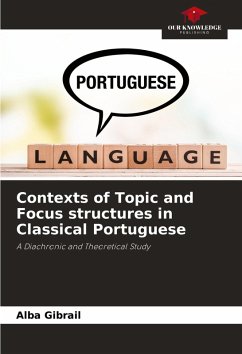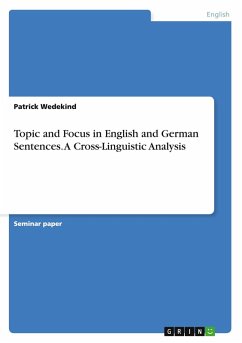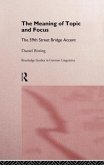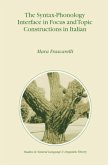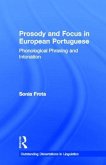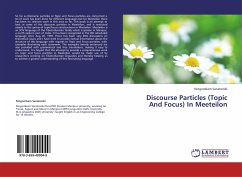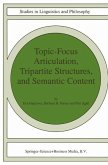This paper describes the contexts of formation of Topic and Focus structures in Classical Portuguese. We investigate the linguistic behavior of Portuguese authors born between the 16th and 19th centuries. The result of our investigation defines a V2 grammar in the licensing of these constructions. The result also reveals that the realization position of the clitics is strongly correlated with the position occupied by the topicalized syntagm in CP. Considering the V2-effects that emerge in the formation of these constructions, we assume Classical Portuguese to be a V2 grammar. As a working hypothesis, we propose that the finite verb moves to the Fin nucleus in the main and subordinate sentences of this grammar. On the other hand, this research shows that there are changes in the frequency of use and in the structural configurations of these constructions from the 18th century onwards. We assume that the structural changes are triggered by a new grammar in use in the language in this historical period. The results of our investigation allow us to present the syntactic and prosodic factors that motivate grammatical change.
Bitte wählen Sie Ihr Anliegen aus.
Rechnungen
Retourenschein anfordern
Bestellstatus
Storno

